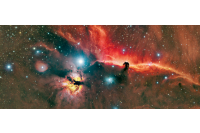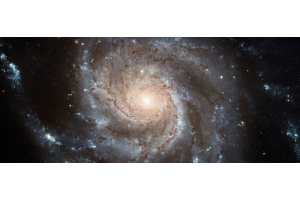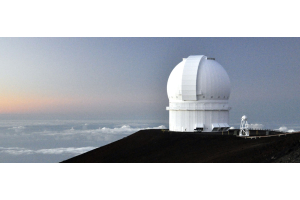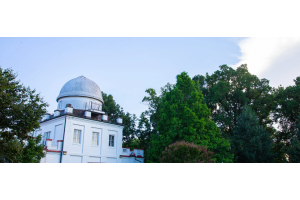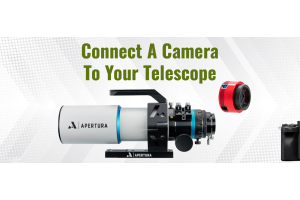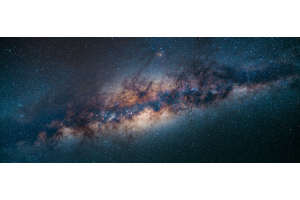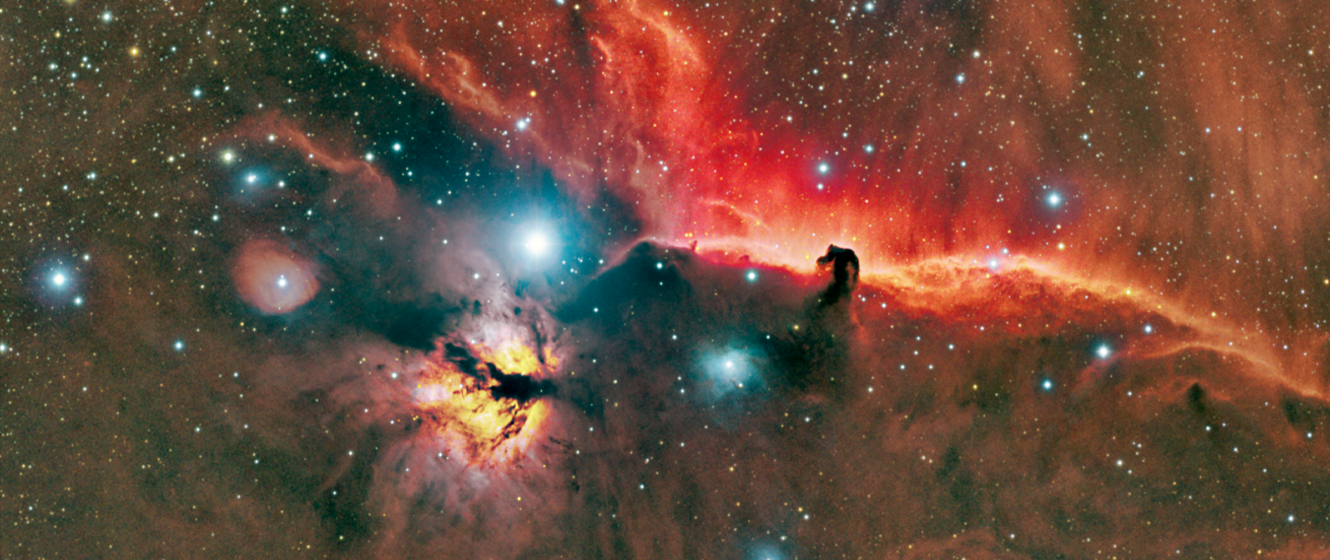
You’ve probably heard of a nebula before. Maybe it’s because you’ve seen them in sci-fi movies and TV shows, where they’ll hang in the background to make the blackness of space look more appealing. They’re often stunningly beautiful in photographs and can sometimes hit the headlines, usually thanks to discoveries by the Hubble Space Telescope.
You may have also heard of the Great Orion Nebula, or seen it with your own eyes. But what exactly is a nebula? Where does the word come from?
#1 - The Word ‘Nebula’ Means Cloud
The word nebula comes from the Latin word for mist, or cloud - which is exactly how they appear in the sky. The brightest nebulae were first seen in ancient times, but no one knew what they actually were. That’s because the telescope had yet to be invented, and without that tool, observers could only see them as tiny, misty patches in the sky.
As a result, with a few exceptions, naked-eye star clusters were initially classified as nebulae, and even after the invention of the telescope, galaxies were thought to be nebulae too. No one knew of the existence of galaxies until the 20th century, as they looked like nebulae and astronomers thought they were located within the Milky Way. Some, such as the Whirlpool Galaxy in Canes Venatici, were even classified as “spiral” nebulae.
#2 - There Are Four Types of Nebulae
Nowadays, nebulae are classified as belonging to one of four basic groups:
1. Diffuse Nebulae - so-called because they have a loosely defined shape with each nebula appearing different from the next.
2. Planetary Nebulae - telescopically, many show a disc that has a similar appearance to that of a planet. They’re formed by some stars in the final stages of their life.
3. Supernova Remnants - literally the remains of a star that has exploded as a supernova.
4. Dark Nebulae - nebulae that appear as dark silhouettes against the backdrop of stars or another, brighter nebula.
Despite their differences, they all have one thing in common: they’re all made up of gas and dust, with diffuse nebulae in particular truly looking like the clouds that all-too-often ruin a clear, starry night in our own sky.
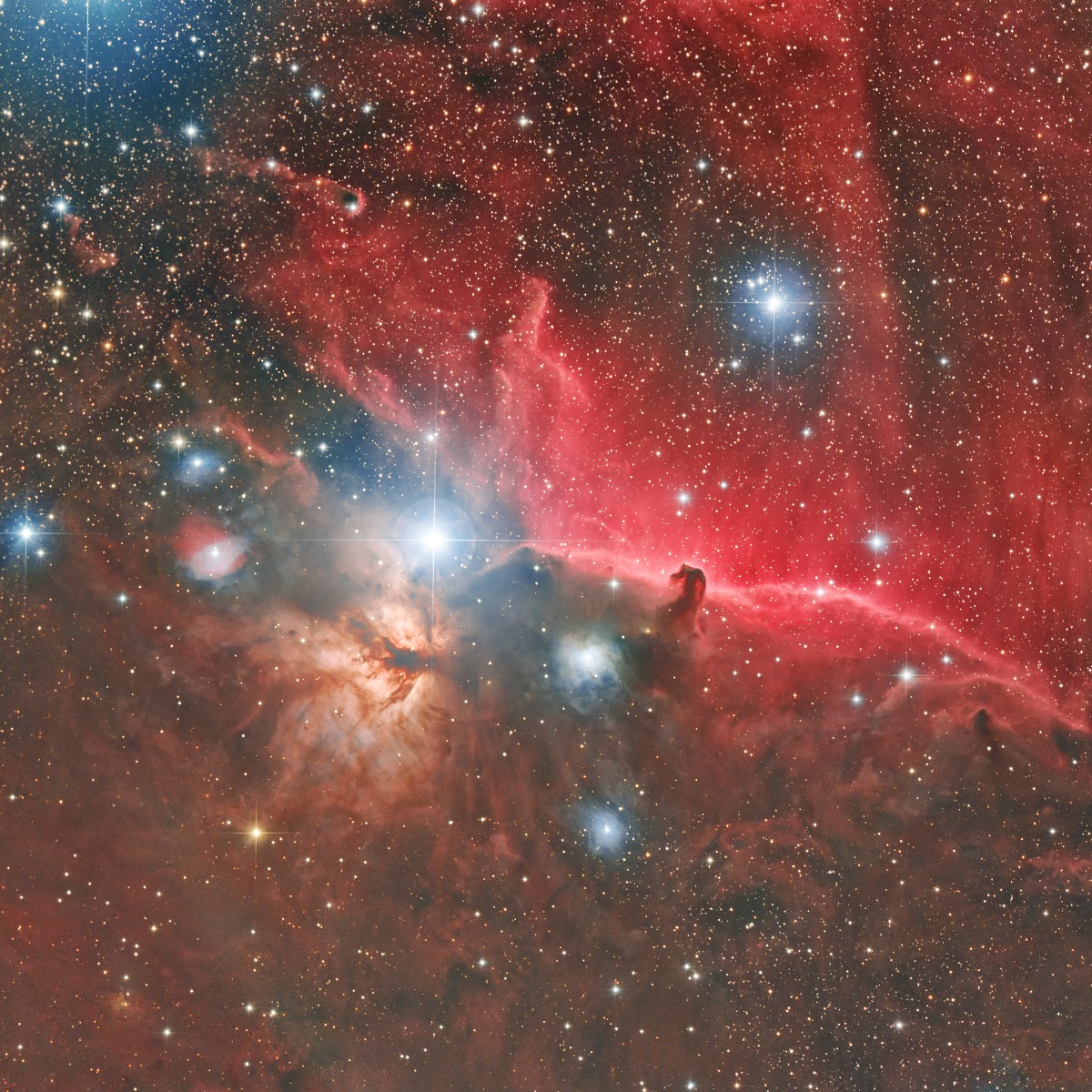
#3 - There Are Two Sub-Categories of Nebulae
Just to confuse things a little more, there are two sub-categories of nebulae: emission and reflection. These terms are most commonly used to describe diffuse nebulae, but you might also hear them used in relation to other types of nebulae too.
An emission nebula is one that produces its own light. This happens when ionized gas within the nebula generates energy at visible wavelengths, most often due to high-energy photons from a nearby hot star.
Conversely, as the name implies, a reflection nebula generates no light of its own but reflects the light of nearby stars instead. Since the energy received from the star is insufficient to ionize the nebula’s gas, the nebula is unable to produce its own light and is illuminated by the light from the star.
#4 - A Diffuse Nebula is the Birthplace of Stars
A diffuse nebula is made up of gas molecules and dust particles in space that can be disturbed by either a passing star or the shockwave from a nearby nova. When that happens, the molecules collide and gradually coalesce until their mass reaches a point where it’s no longer able to sustain its form and it collapses in upon itself.
Energy is then released in the form of light and heat and a protostar is born. While still swaddled in the nebula from which it was born, the protostar can grow larger and form planets from the gas and dust that continues to spin around it. We can see these young stars in the nebulae we observe, with the most notable example being the Trapezium stars at the heart of the Great Orion Nebula.
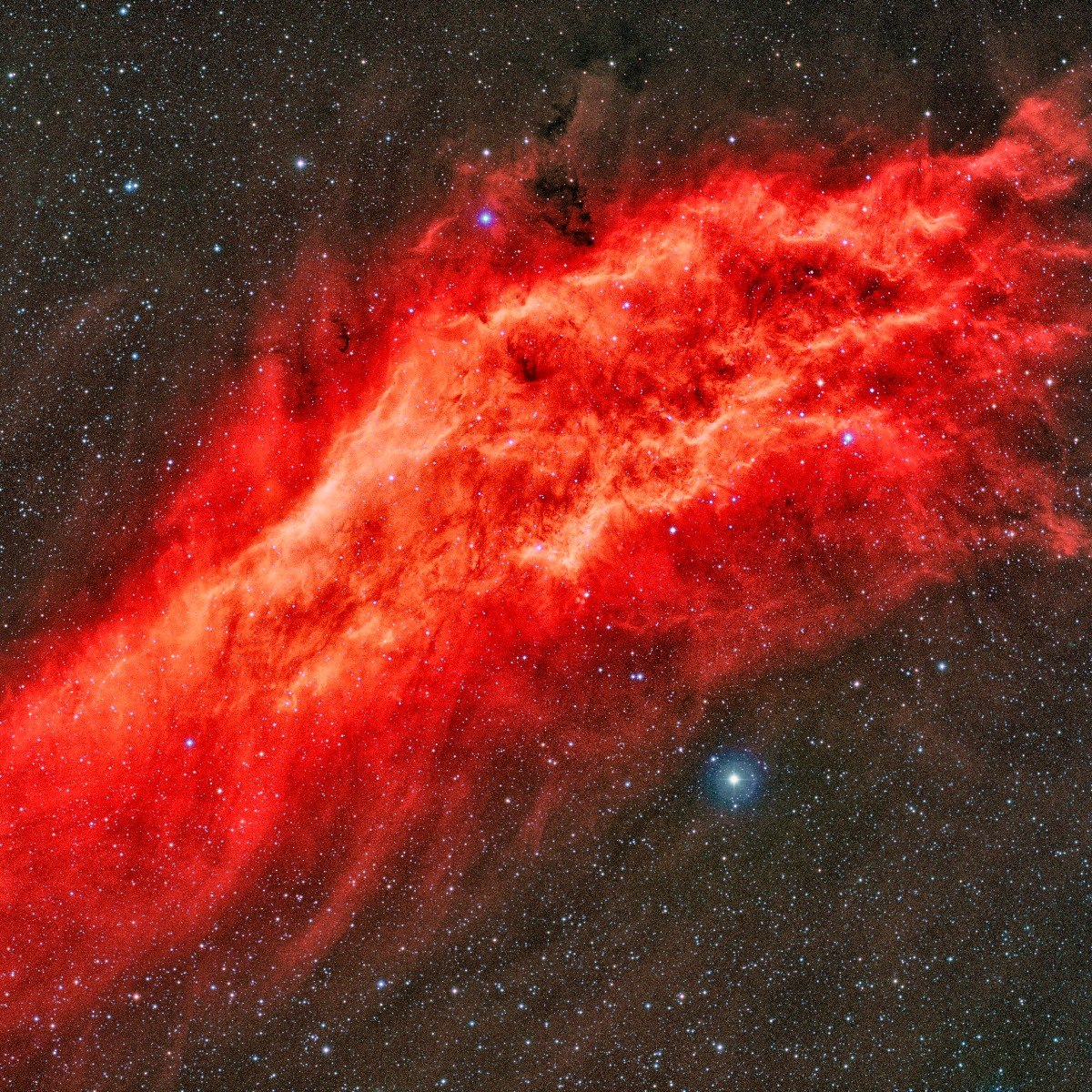
#5 - Planetary Nebulae & Supernova Remnants Are the Gravestones of the Stars
If diffuse nebulae mark the places where stars are born, then planetary nebulae and supernova remnants mark the places where they eventually die. The type of nebula left behind depends on the size and mass of the star. When a star like the Sun nears the end of its life, it sheds its outer layers, which then expand outward, forming a shell of gas and dust around the star. These shells are the planetary nebulae we see in the sky, with some famous examples being the Ring Nebula, the Dumbbell Nebula, the Helix Nebula, and the Owl Nebula.
If the star is at least five times more massive than the Sun, then it can end its life as a supernova. This happens when the star runs out of fuel and collapses inward, causing an enormous explosion that can be seen from many light-years away. The core of the star survives, while the debris of the explosion continues to drift out into space. The most famous example of a supernova is the Crab Nebula in Taurus. This is the remains of a star that exploded in 1054 (as witnessed by Chinese astronomers at the time) leaving a neutron star in its wake.
#6 - A Few Nebulae Can Be Seen With the Naked-Eye
Nebulae can often be faint and a little tricky to observe as they’re very susceptible to the effects of light pollution. That said, the Great Orion Nebula is bright enough to be visible to the naked eye throughout the winter and early spring, even from suburban skies. You’ll find it just below the three stars of Orion’s belt.
During the summer, you may be able to spot the Lagoon Nebula in Sagittarius, close to the lid of that constellation’s famous teapot-shaped asterism, or the North America Nebula, next to Deneb, the brightest star in Cygnus. However, you’ll need to be under dark skies to stand a chance of seeing either one. Lastly, if you’re in the southern hemisphere, look out for the Eta Carinae Nebula. Occupying four square degrees of the constellation Carina, it’s the brightest and largest nebula in the entire sky.
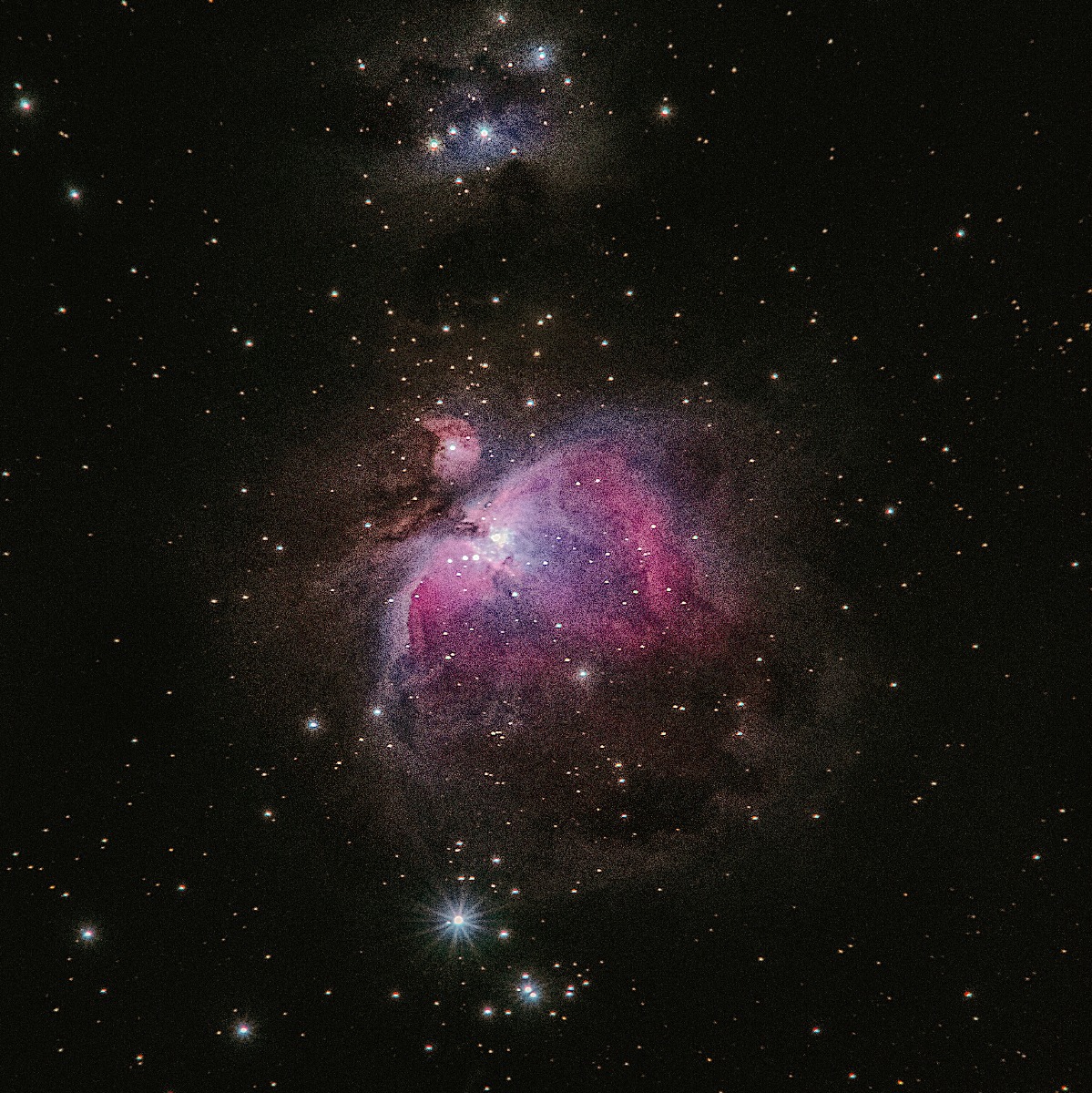
#7 - Nebulae Don’t Always Look Like Their Photos
While it’s true to say that most deep sky objects (such as star clusters, nebulae, and galaxies) don’t look like their photos, it’s especially true for nebulae. You’ve probably seen them online or in publications and been wowed by the textures, shapes, and colors on display. However, many of those images are the result of hours of painstaking work that involves processing the raw image to enhance the colors and details you see.
Cameras are far more sensitive to light and color than your own eyes. As a result, you’ll likely only see many nebulae as being faint, grey patches with a hint of red, green, or blue, and some texture and shape being visible. A lot will depend on your equipment, the observing conditions, and how well your eyes are adapted to the dark. That said, both the Great Orion Nebula and the Lagoon Nebula can still be breathtaking when observed telescopically.
#8 - Nebulae Are Often Named After the Objects They Resemble
Whether we’re looking at clouds in a blue sky above our heads or clouds in the black space beyond, we love to use our imaginations to see familiar patterns and shapes. It should be no surprise then that observers give names to nebulae that remind them of the objects (or shapes, or living creatures) they resemble.
For example, there’s the California Nebula, the Eagle Nebula, the Heart Nebula, and the Rosette Nebula, to name just a few. The Horsehead Nebula looks exactly like a horse’s head, while the Ring Nebula looks like a smoke ring in space. Of course, there are exceptions to the rule. The Great Orion Nebula is named for the constellation in which it resides, the Trifid Nebula appears to be split in three and the Eta Carinae Nebula takes its name from the star that illuminates it.
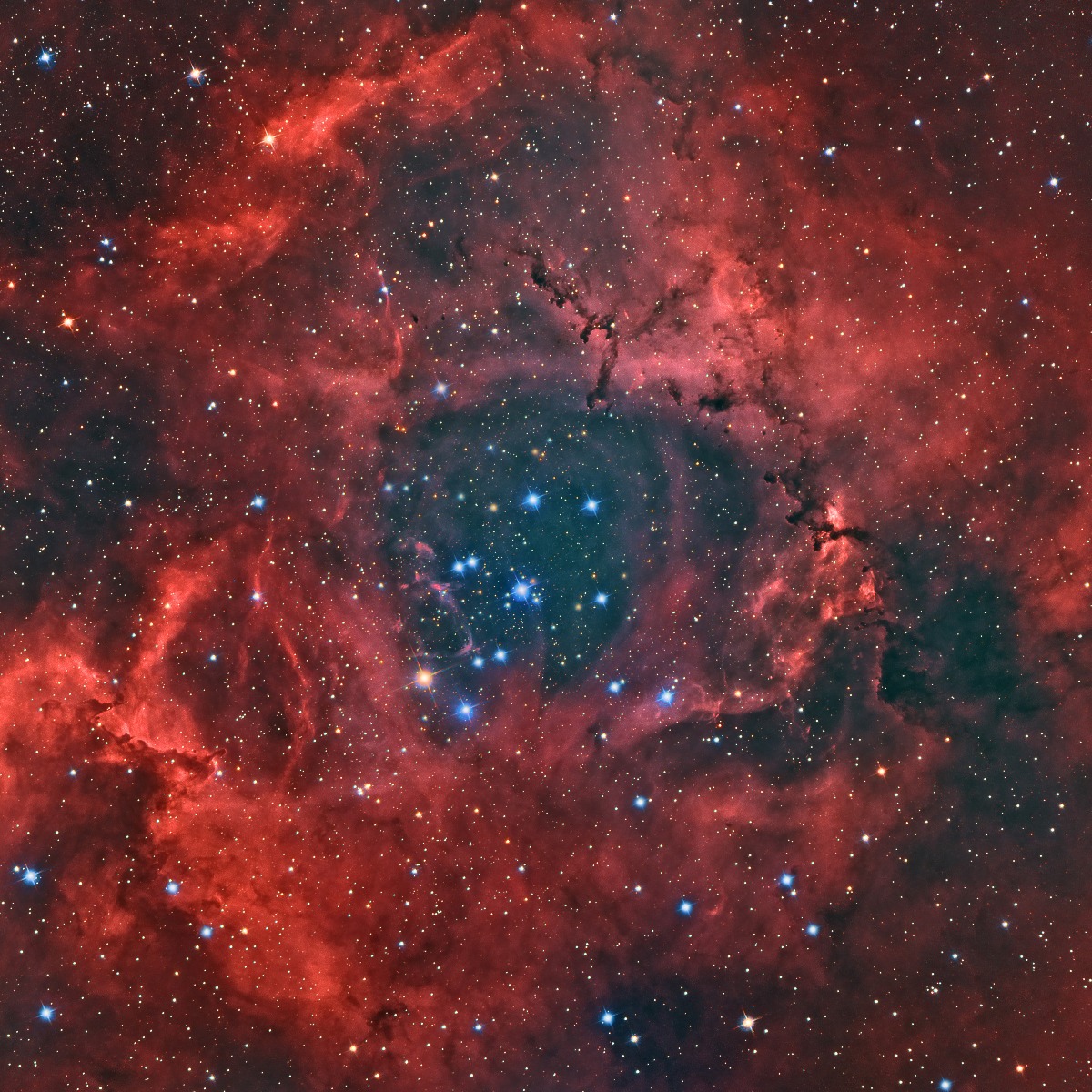
#9 - Some Nebulae Look Like Holes in Space
Dark nebulae are exactly that; they’re a type of diffuse nebula that’s so dense it blocks the light from stars or other objects behind it. As a result, it looks as though there’s a misshapen hole in space. Many of these can be found in or near the plane of the Milky Way in the sky, with some being visible to the naked eye.
For example, the Coalsack is a famous dark nebula in the southern constellation of Crux. Covering 35 square degrees of sky, it’s the largest and most easily seen dark nebula in the sky. Other dark nebulae are not so easily seen. The Horsehead Nebula in Orion is notoriously tricky to spot as it lies beside Alnitak, the easternmost star in Orion’s belt, and the star’s light makes the nebula difficult to detect visually. However, the nebula can be breathtaking in photos.
#10 - Nebulae can span light-years of space
At a distance of about 630 light-years, the Helix Nebula is the closest to the Earth, but the vast majority are much further away. The Great Orion Nebula is nearly 1,350 light-years away; given that it’s visible to the naked eye at such a great distance, it stands to reason that the nebula must be huge.
Current estimates place its diameter at about 24 light-years, but that’s relatively small compared to many others. For example, the Veil Nebula (a supernova remnant) is 100 light-years across, while the largest known nebula within our own Milky Way is currently the Gum Nebula, with an estimated diameter of between 809 and 950 light-years.
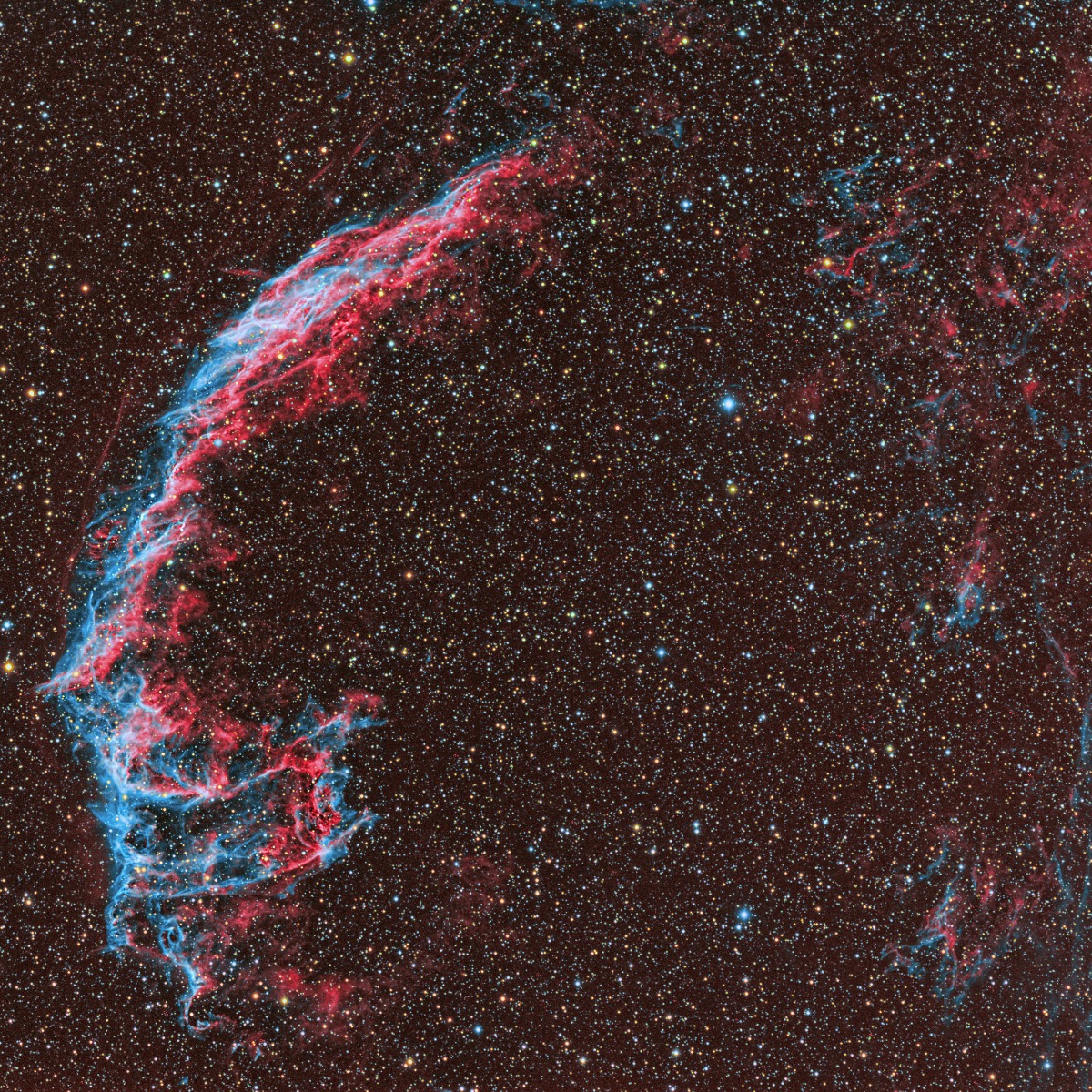

Questions? Contact Us!
Interested in observing or photographing some of our neighboring nebulae? Not sure what gear you'll need? Send us a message! Our team of telescope experts are happy to point you in the right direction.
This Article was Last Updated on 07/18/2023

